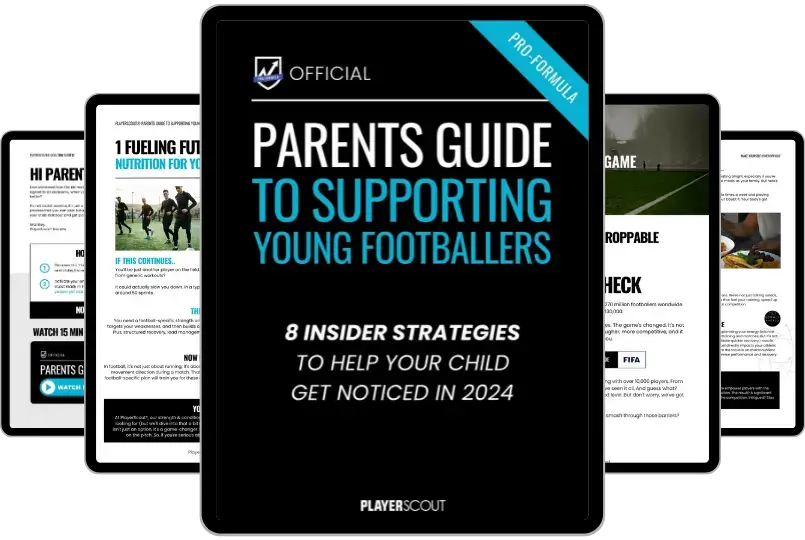Is Football league scouting different to Premier League Scouting?
Football scouting has always had a bad reputation. Visions of old men cornering young players and promising them the world. Today’s scouting world is a far cry from these stories, with rules in place to protect players and clubs. The new academy compensation scheme is just one of these regulations.Premier League Spotlight
We all know the endless media coverage and speculation about the elite clubs. But how does football league recruitment differ for clubs without billionaire owners? What tactics do these clubs use to bring find and attract new talent? And where can you position yourself to increase your chance of them finding you?Scouting the Lower League
The lower down the leagues you go, the smaller everything becomes:- Budgets
- Stadiums
- Wages
- Transfers fees
- Attendances
- Staffing
- Scouting network
- Squad Size
League One and Two Club Scouting
Smaller clubs cannot buy experience players, so need to be to be clever in the transfer market. These clubs cannot compete financially, so either looks for youth or non-league potential. Seeking Under 21 or Under 18 academy league players, or even overseas. These clubs offer non-financial benefits including:- Hands-on support and coaching
- Clear pathway to the first team (not guaranteed by top clubs)
- Much like the path Jamie Vardy career took.
Vardy’s Journey Through the Leagues
The poster boy for non league recruitment has to be Jamie Vardy. His rise from nowhere to lifting the Premier League trophy is the stuff of dreams. First Fleetwood Town took a gamble to help them gain promotion. Then Leicester City took a £1 million gamble for the non-league player. But, Vardy’s goals helped Leicester City to the 2015/16 Premier League title. Making it one of the best return on investments in football. Many Championship and Premier League clubs had scouted Vardy before he joined Leicester City. This highlights that even the biggest clubs like a bargain and unearthing potential stars.The First Team Pathway for Lower League Clubs?
The development squads of lower league clubs are smaller than elite clubs. Therefore, the competition is lower to reach the first team. Unlike Chelsea and Manchester City, these teams cannot stockpile reserve players, so every signing must be better than what is already at the club.Club Scouting Plans
Club plan out their recruitment strategy at the start of the season. This includes the budget and preferred location of there scouts. Often clubs hire part-time scouts to cover more regions, which ensures they have experts in each location. The board dictate how much funds are available for scouting. This is down to the clubs recruitment philosophy. Once the scouts have found potential signings, they feed the info back to the clubs analysts. A club should have good communication with their scouts, as they need to identify what type of player they are after. A lot of successful recruitment comes down to the clubs philosophy and whether a player fits into that team.Contracts in Lower League Football
The average football league contract is a lot shorter than a Premier League player contract. Clubs look to sign players for 2-3 years, opposed to 4-5 years in the Premier League. This may influence a scouts decision on a player. As they must assess if the player can go straight to the first team, or if he’s one for the future. The Bosman Ruling Scouts must also be aware of the Bosman ruling when recruiting. This may entice a club to a player nearing the end of his contract, knowing they won’t have to pay a transfer fee. At the end of every season, all football clubs receive a list of UK based players available through the Bosman ruling.Recruiting Players Released from Top Academies
Lower league scouts keep an eye out for talented youngsters released from top academies. This can be a good strategy, although youth academy wages can give players an unrealistic view of professional football. These high wages also put off potential lower league clubs. Most of these players only have experience in academy football. Therefore football league clubs must assess if the young player is cut out for pace and power of lower league football. There is a huge difference between playing youth football and lower league football such as:- A lot of experienced professional already playing
- Often lower standards of pitches
- Poorer facilities
- Congested league fixtures means playing Tues/Wed and Saturday most weeks
- Lack of Youth














